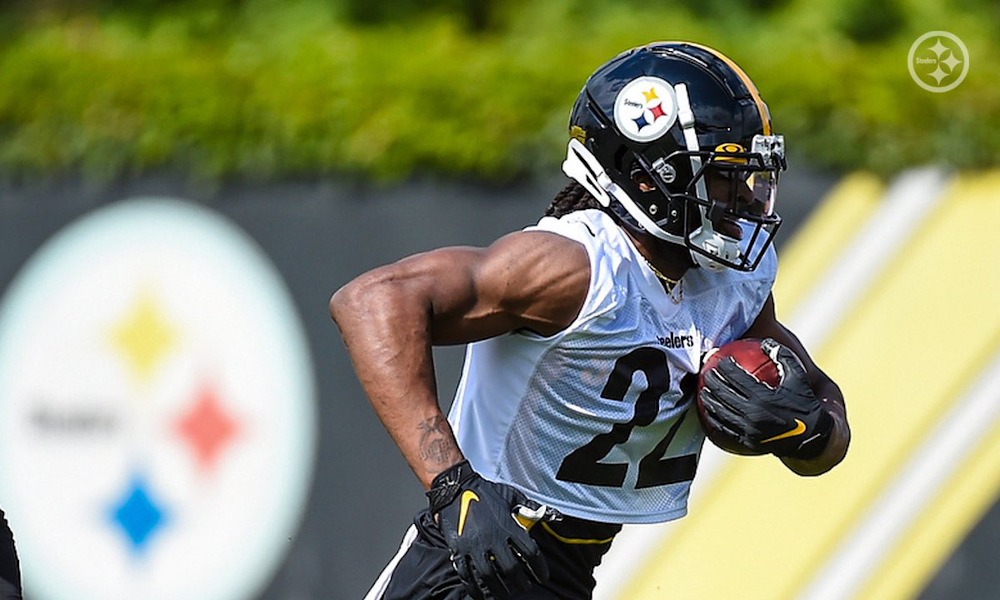
Yards Per Fantasy University: College Metrics that Matter
As we approach the 2021 NFL Season and all the NFL COVID-19 guidelines send waves through the league, I’m here to bring a sense of calm. Allow me to share a historically driven method to help you win your league. Re-draft and Dynasty Leagues alike, we seek an ‘edge’ over our opponents. I bring that in the form of rookies, as I help identify the next Justin Jefferson and Justin Herbert, per se, of 2021 fantasy football.
SEE ALL COURSES
“Well, Jake, how do you have an idea how a rookie is going to perform in the NFL?”
Great question, and I’m glad you asked. When we look at historical data, we can recognize trends and patterns, through a form of statistical analysis called ‘regression analysis’. Regression analysis doesn’t measure regression, but rather, it recognizes whether a metric has any relation to the response. In our case, we seek to understand which metrics have a relationship with fantasy points—as the metric goes up or down, do fantasy points respond in a similar fashion.
To recognize these trends, I built databases for each fantasy position and tested each metric against fantasy points. Specifically, I record the college metrics of NFL players and identify which college metrics actually equated to more fantasy points. Astonishingly, there are several college metrics that have direct correlation to more points in fantasy football and allow us to predict rookie fantasy success. Below are the findings.
Quarterbacks

Let’s start with the most difficult position to predict: Quarterbacks. What a wild position to predict an outcome. The best of the best (NFL scouts) fail at this regularly. Being the hardest position to predict, quarterbacks in the NFL have a mind-boggling 40% bust rate. Which means between Trevor Lawrence, Trey Lance, Zach Wilson, Justin Fields, and Mac Jones, two will be busts. Which two? Your guess is as good as mine. My best fantasy advice for drafting a QB is as follows—ONLY draft a rookie QB early in dynasty superflex rookie draft. If you are in a startup and you’re spending early draft capital on Trevor Lawrence you are setting yourself up for failure. I like Lawrence and think he’s going to do well. But at cost, and using historical data, you’re playing with dynamite. DON’T DO IT!
With that said, there ARE college metrics that have correlation to fantasy points. The college metrics that we focus on are: 40-yard dash, completion percentage, quarterback rating, and adjusted yards per passing attempt.
- 40-Yard Dash— Faster is better.
- Completion Percentage – Higher is better.
- QBR – Higher is better.
- Adjusted Yards Per Passing Attempt – There is a sweet spot here, approximately 9.8 yards per attempt is best. Whether higher or lower, the further from 9.8 yards per passing attempt is BAD.
Running Backs

A much more fun position for statistical analysis, we have sound data to suggest we can predict our next NFL RB studs. Najee Harris, Javonte Williams, and Travis Etienne headline this RB class, by a significant margin. They will all be solid NFL players. Outside of that group, the only guy I personally care much about is Trey Sermon—he is the only RB outside of the ‘big three’ with the size and ability to be a three down back in the NFL. Michael Carter was the 5th best and could be a solid producer, but it’s his lack of size that concerns me. Alas, and contrary to what you’ve been told, size does matter, for running backs at least!
What else matters? Weight, Draft Capital, Burst Score, Dominator Rating, Yards Per Carry (YPC), Dominator Rating, and Target Share.
- Weight – The heavier, the better. When looking at the top 20 scoring fantasy backs in 2020 as well as 2021, one stat stood out. Only four guys made the list each year that weighed under 200 pounds. All of those guys were fantasy relevant because they were elite pass catchers (Austin Ekeler, Phillip Lindsay, Nyheim Hines, and J.D. McKissic).
- Draft Capital – The earlier, the better.
- Burst Score – Essentially this metric measures a RB’s explosiveness. A unique formula derived from a player’s vertical jump height as well as their broad jump distance. The higher the burst score, the better.
- Yards Per Carry – The higher, the better.
- Target Share – The higher, the better
- Dominator Rating – This rating represents what percentage of the total offense did this player account for. The higher, the better.
Wide Receivers

Another predictable position. This group is headlined by players that many are fading into the second round of dynasty rookie drafts. The most significant player in this class is the highly touted Ja’Marr Chase. An incredible specimen paired with his former college QB, Joe Burrow. After Ja’Marr we have, Terrace Marshall Jr., Elijah Moore, and Rashod Bateman. No, I didn’t forget about DeVonta Smith or Jaylen Waddle, they fall after the aforementioned.
When we breakdown the WR position it became clear that we care about several metrics: Dominator Rating, Draft Capital, and a new metric—Early Declare.
- Dominator Rating – The higher, the better.
- Draft Capital – The Earlier, the better.
- Early Declare – This metric recognizes whether a player declared for the NFL prior to their senior year. A HUGE tell in fantasy production. Almost all elite WRs are early declares (the biggest knock on DeVonta Smith).
Tight Ends
:strip_exif(true):strip_icc(true):no_upscale(true):quality(65)/cloudfront-us-east-1.images.arcpublishing.com/gmg/OOE2JFBDTNGNLJJTPLUW5DQXQY.jpg)
Lastly, a breakdown of the TE position. The clear standout both from a film and analytical standpoint is Kyle Pitts. Pitts is the real deal. He scored SIGNIFICANTLY higher than any other rookie prospect. After Pitts, we have the likes of Kenny Yeboah, Brevin Jordan, Pat Freiermuth, and Jacob Harris. I had no clue who Harris was until I started running the data. He scored out as the second highest TE this class, and now we are seeing all the hype he is getting in Los Angeles. He may be a hell of a value.
We recognize our top TE prospects via Weight, 40-Yard Dash, Speed Score, and Dominator Rating.
- Weight – The heavier, the better.
- 40-Yard Dash – The faster, the better.
- Speed Score – This metric combines the two previously mentioned metrics and combines them in a formula designed to reward bigger, faster players. We want high speed scores.
- Dominator Rating – The higher, the better.
For exact scores and rankings at each position, follow me on twitter @Dynasty_Jake and see my pinned tweet. I look forward to providing you the tools to dominate your league mates. Feel free to reach out with questions. Thanks!
2021 Rookie Positional Rankings
**updated models, with post-draft capital reflected** pic.twitter.com/i2269VqEhT
— Jake Estes (@dynasty_jake) May 2, 2021
And of course, you can always ask the Yards Per Fantasy team for help and advice any time with our Ask The Expert feature.
Professor: Jake Estes (@Dynasty_Jake)

